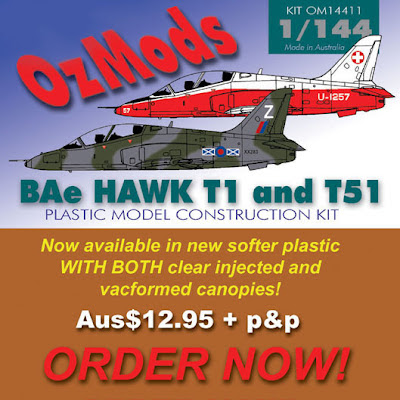The Kampfgruppe144 Black Label Series will seek to bring fresh and innovative miniatures to the collector by utilising the latest design and production techniques available to 1/144
The VOMAG is one of the most interesting vehicles in the inventory of Wehrmacht in WWII. It was not as some think a ‘paper panzer’, but a real operational vehicle that saw action across Europe.
The development of the VOMAG is an interesting one, based upon the Vogtländische Maschinenfabrik AG (VOMAG) design for the Büssing NAG 900L. The chassis had three axles, two of which were driven, and was powered by a 6-cylinder diesel engine that was capable of reaching 90 km / h. (55 mph).
It was armed with the 88mm Flak 18, but with barrel from the Flak 36.
“Arguably, making it the original and most fearsome ‘monster truck’.....!?”
The Vomag served exclusively with the original Wehrmacht unit of the Führerbegleitbrigade (FBB: Führer escort brigade). It was highly mobile and easy to deploy to ‘hot spots’ across Germany and Occupied Europe. Notable engagements where the defence of German cities against Allied bombing, protection duties at Hitlers HQ the Wolf's Lair (Wolfsschanze) near Rastenburg, before the destruction of the units in February 1945 during the siege of Budapest.
Late War Updates
The original doctrine had seen the VOMAG designed to operate as mobile Anti-Aircraft batteries to defend German Cities, Factories, Military formations etc...
As the nature of the war changed and the Wehrmacht (Heer) became more defensive in nature, it would be natural to assume that consideration was given to using the VOMAGs against ground forces in ground fighting (erdkampf).
This would be the natural point at which to add the gun shield as a factory or field modification to the crew with more protection. It is not clear how or when this change was implemented, but as it would seem with many German engineering solutions there was not a standard pattern 'splitterschutzen' provided, there seems to be two types of these 'splitterschutzen' in the photographic evidence available. This gives weight to the argument for a field based approach to the upgrades, or that the factory just used what was available for a numbers of VOMAGS concerned?
Additionally, by this time crews had also made changes to the seating arrangements with some of the 'jump seats' removed, or stowed in the upright position to provide more room on the gun deck (or, simply that there were insufficient replacements).
The late war VOMAGS were involved in a number of campaigns on the eastern front, the following represent some last significant involvement of the VOMAGS and their units in the war, not least as following these actions most are recorded as official destroyed.
Battle for Romania, (Aug. 1944)
Debrecen, Hungary (Sept. 1944)
Siege of Budapest, Hungary, (Nov. 1944 – Feb. 1945)
Recent research shows that some battalion elements of the Flak Regiment also saw action as late as April 1945, but is not clear if this was as an armoured or infantry unit.
No photographs are known to exist from this period.
Taufkirchen, Linz, Austria, (April 1945)
http://en.wikipedia.org/wiki/Vienna_Offensive
Model update (Late Version)
This 88mm Vomag has been updated following ongoing research and the discovery of additional photographic evidence, resulting in the following changes.
|
1.
|
The addition of a standard 88mm Splinter Schürzen. Two designs have been observed in use and neither are original fittings to the Vomag. The design with the strongest photographic evidence has been selected.
It is believed that these are either:
| a) | factory modification to the second batch of Vomag produced, or more likely, |
| b) | field modification to protect the gun crew from close quarter combat as was being experienced in the war period, such as the Siege of Budapest (http://en.wikipedia.org/wiki/Siege_of_Budapest). |
|
2.
|
Revisions to gun area seating, further evidence has reviled greater clarity regarding certain design elements, and operational use of the Vomag:
These being:
| a) | configuration of the rear bench seating and interior wheel arches, |
| b) | on a practical basis, to allow for the Schürzen, the front folding seats are now shown in the raised position |
|
Available from:
CGD eBay Store
CGD eStore






+(CAMO).jpg)
.jpg)
.jpg)







+(DGelb).jpg)
.jpg)
